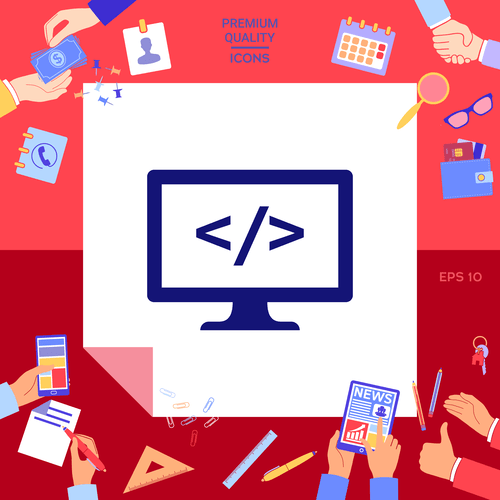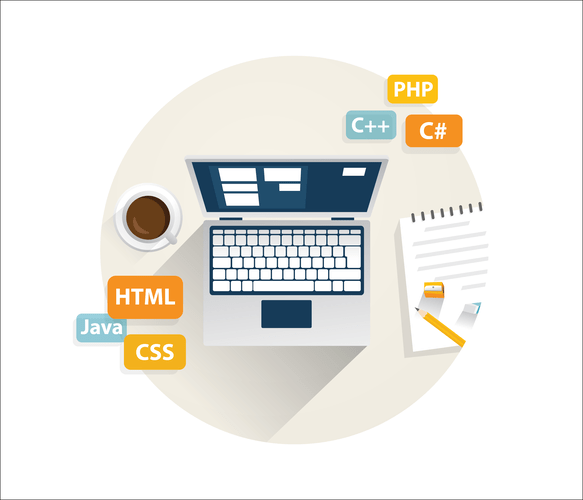Content
- Download Your Free eLearning Software Development Guide
- Learning to Teach with Virtual Reality: Lessons from One Elementary Teacher
- Teacher Training
- Virtual reality in different types of educational business
- The Metaverse – Past, Present & Future
- EON-XR Revolutionizes Extended Reality with AI-Generated Content for Education and Training
- By Component Analysis
- Example: Solve a problem in a virtual factory using VR and AR
At the moment, the Metaverse includes virtual and augmented reality. Both continue to exist when you are not playing, and both combine the traits of the digital and physical worlds. COVID-19 sparked rapid changes in our civilization, especially our social and educational institutions. Working from home, studying remotely, and having our groceries delivered became our everyday reality. If you want to build the most amazing AR app for education and training in your business, set your imagination free, and envision how AR will empower your business. AR also helps save costs on employee training because all one needs are mobile devices, AR headsets, WiFi, and apps instead of traditional seminars and classes.
People who believe VR has a bright future claim that the Metaverse will be supported by its own digital economy . VR atheists remind us of the https://globalcloudteam.com/ significant investments without which digital reality cannot exist. Explore the market of existing SDKs and platforms for AR development.
Download Your Free eLearning Software Development Guide
The value of goods in this market includes related services sold by the creators of the goods. Besides creating educational applications directly for students, 360Ed is launching a new teacher training program. This product uses virtual reality to enable teachers all over the world to observe the classrooms of high-quality teachers to learn their teaching methods and to also receive coaching and expert mentoring. While it would be too expensive to fly teachers across the world to places with great educational systems—like Finland—to observe and be coached by high-quality teachers, virtual reality makes this activity affordable, realistic, and possible.

These barriers can cause differences between teachers’ perceptions and their regular classroom technology practice. Virtual reality has given humongous market opportunities to market players in the education sector. The VR applications can be bifurcated into two main groups’ school or universities and workplace learning. Schools, universities and other private educational institutions are continuously on the verge of adopting advanced technologies to provide quality education. This is expected to positively influence the virtual reality in education sector in the coming years.
Learning to Teach with Virtual Reality: Lessons from One Elementary Teacher
If students do not have to look away from a 360 image in order to take notes or do an assignment then the immersion will never truly be broken. The goal of the study was to obtain data from a vast set of respondents to study Russian teachers’ perceptions of VR integration in education. Self-reporting can potentially threaten reliability and validity of the measurement. Because solely correlational analyses were implemented in this study, no causal inference can be drawn from the results.

Companies can use AR training to place employees in scenarios where their customer service skills can be put to the test, all without the risk of real one-to-one customer interaction. The botanical garden Jardin Botanique Grand Nancy in France allows the visitors to download an AR app. Visitors can view digital animals that fit into the botanical garden scenery with the app’s help during the tour. Besides, companies can relax the stringent eligibility criteria while hiring employees. Manufacturing companies can now hire employees with basic skills and experience and train them on-the-go using AR instructions. But modern manufacturing workers can complete their tasks using real-time instructions projected on the AR screens.
Teacher Training
Bring Your Own Device is a powerful tool that helps school staff and students to use their mobile devices. The BYOD trend in the education industry would engage learners, enhance staff productivity, and virtual reality in education expand collaboration. For instance, educational institutions are using tablets and mobile devices to save schools costs by combining books, calculators, and word processors into one handy device.
You can also virtually travel to various countries instead of just looking at the map and finding the small dot that is Fiji. Granted, it would be a re-created story, but hey, it’s much more interesting than just looking in the books. Immersive VR education is by default a much more exciting affair than just sitting in a classroom listening to some mildly interesting dude spelling things. In addition to that, the student can be more active in the process.
Virtual reality in different types of educational business
Various key insights provided in the report are the recent industry developments such as mergers & acquisitions, macro and microeconomic factors, SWOT analysis, and key VR in education industry trends, competitive landscape, and company profiles. The development of Augmented Reality applications by leveraging the upcoming 5G technology is shaping virtual reality in the education market. With its high-speed network, 5G provides hands-on experience and helps access apps easily, whereas 4G technology struggles with the use of Virtual or Augmented Reality in educational applications.

What should learners do if they don’t have the necessary hardware to get VR experience? The main goal of the technology is to become accessible to a broader audience through a web browser. When we talk about virtual reality, it is worth mentioning the platforms on which virtual reality is made for education.
The Metaverse – Past, Present & Future
Within Europe,France, the UK, and Germany are clear frontrunners on VR and AR research projects, with R&D centers focusing on health care, the industrial use of VR, and general VR and AR advancement. Together withthe Netherlands, these countries have the most VR and AR companies and activity. Sweden, Finland, Switzerland, Spain, Italy, and to a more limited extent Poland and the Czech Republic are gaining momentum and show increased VR/AR activity.
- VR offers a perfectly simulated environment with real-time feelings.
- AR-enabled training videos to help physicians learn about the latest tools and methods.
- Which is why VR and AR in education are so beneficial; these technologies engage students in a completely new way which is more fun and engaging for them, and it increases retention.
- The augmented and virtual reality in education market is expected to grow from USD 9.3 billion in 2018 to USD 19.6 billion by 2023, at a Compound Annual Growth Rate of 16.2% during the forecast period.
- However, virtual reality can provide students with plenty of opportunities toÂsocialize using interesting avatars.
